Gaming laptops have come a long way in recent years. They are now powerful enough to play the latest games at high settings, and they are also more portable and affordable than ever before.
If you are looking for the best gaming laptop, there are a few things you need to consider. First, you need to decide what kind of games you want to play. If you only play casual games, you can get away with a less powerful laptop. However, if you’re going to play the latest AAA titles, you will need a more powerful machine.
Finally, you need to decide what size and weight you are looking for. Gaming laptops come in a variety of sizes, from 13 inches to 17 inches. If you want a portable laptop that you can take with you on the go, you will want to choose a smaller model. However, if you want a more powerful machine with a larger screen, you will need to choose a larger model.
Comparison of Nvidia and AMD Rayzen GPU?
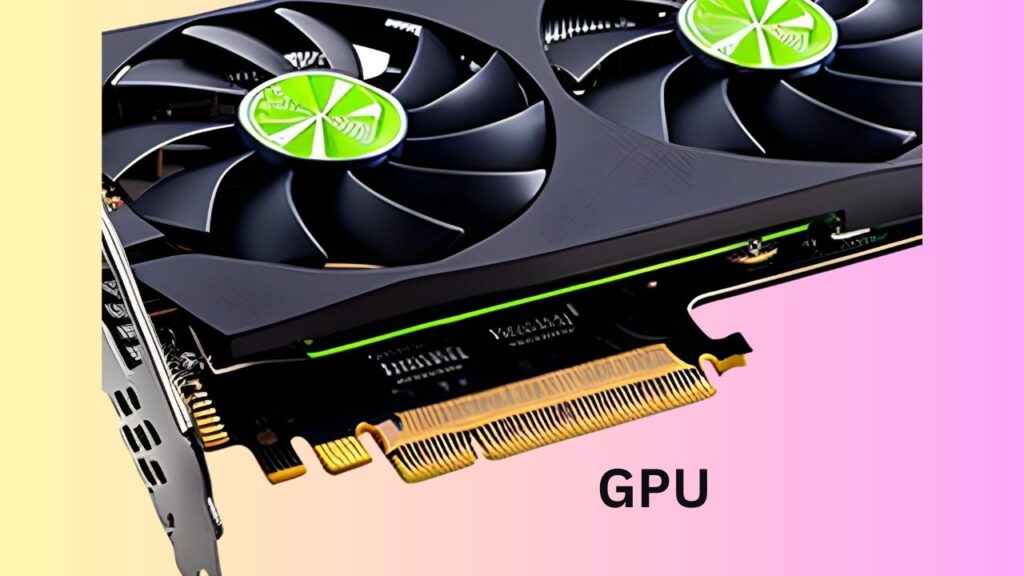
Nvidia and AMD Radeon are two prominent players in the graphics processing unit (GPU) market, and each has its own strengths and offerings. Let’s compare the key aspects of Nvidia and AMD Radeon GPUs to understand their differences better:
Performance:
Nvidia: Historically, Nvidia GPUs have been known for delivering excellent performance in gaming, AI, and other GPU-intensive tasks. They often excel in single-threaded applications and have robust driver support for popular gaming titles.
AMD Radeon: AMD has made significant strides in recent years with its Radeon GPUs, offering competitive performance at various price points. AMD’s focus on multi-threaded performance and technological innovations like RDNA architecture has narrowed the performance gap with Nvidia in gaming and other workloads.
Ray Tracing and DLSS (Deep Learning Super Sampling):
Nvidia: Nvidia was the first to introduce real-time ray tracing with its RTX series GPUs, bringing realistic lighting effects and reflections to games that support this technology. They also introduced DLSS, a feature that uses AI to upscale lower-resolution images, resulting in improved frame rates without compromising image quality.
AMD Radeon: AMD’s RDNA2 architecture introduced ray tracing support, bringing hardware-accelerated ray tracing to their GPUs. While AMD’s ray tracing performance is commendable, it may not be as efficient as Nvidia’s RTX series. AMD has not yet introduced a counterpart to Nvidia’s DLSS technology.
Power Efficiency:
Nvidia: Historically, Nvidia GPUs have been known for their power efficiency, allowing for better performance-per-watt ratios. This is especially evident in their mobile GPU offerings.
AMD Radeon: With the RDNA architecture, AMD has improved power efficiency in its GPUs, making them more competitive in this regard.
Price-to-Performance Ratio:
Nvidia: Nvidia GPUs, particularly in the mid-to-high-end segments, have been perceived as more expensive than AMD Radeon GPUs with similar performance levels.
AMD Radeon: AMD often offers better price-to-performance ratios in certain price segments, making their GPUs more appealing to budget-conscious gamers.
Software and Driver Support:
Nvidia: Nvidia’s GeForce Experience software provides a user-friendly interface for updating drivers, optimizing game settings, and recording gameplay. The company has a long history of robust driver support for various gaming titles.
AMD Radeon: AMD’s Radeon Software offers similar features to Nvidia’s GeForce Experience, and AMD has made significant strides in improving driver stability and features.
In conclusion, both Nvidia and AMD Radeon GPUs have their unique strengths and cater to different user preferences. Nvidia has excelled in gaming performance, ray tracing, and DLSS technology, while AMD Radeon offers competitive performance, better price-to-performance ratios, and improved power efficiency. Ultimately, the choice between the two depends on your specific needs, budget, and gaming priorities.
Unveiling the Essential Screen Requirements for The Best Gaming Laptop Experience
Introduction:
When it comes to gaming laptops, a key factor that can significantly impact your gaming experience is the screen quality. The screen serves as your window into the virtual world, bringing games to life with stunning visuals and vibrant colors. But what exactly are the screen requirements you should look for to ensure an ultimate gaming experience on a laptop?
Comprehensive Guide for Gaming Laptop
In this comprehensive guide, we’ll explore the critical factors that make a gaming laptop screen stand out from the rest. From refresh rates and response times to resolution and panel technology, we’ll delve into each aspect to help you make an informed decision when choosing your perfect gaming companion.
High Refresh Rates:
A high refresh rate is vital for a smoother and more immersive gaming experience. A standard laptop screen usually has a 60Hz refresh rate, but for serious gaming, you’ll want to aim for 120Hz, 144Hz, or even higher. Higher refresh rates ensure that the screen can display more frames per second, reducing motion blur and making fast-paced games feel more fluid.
Low Response Times:
Response time measures how quickly pixels can change from one color to another. Low response times, typically measured in milliseconds (ms), are crucial to avoid ghosting or trailing effects in fast-moving scenes. Look for screens with response times around 5ms or less to ensure sharp and crisp visuals during gameplay.
Full HD (1080p) or Higher Resolution:
While 1080p (Full HD) resolution is the minimum standard for gaming laptops, many enthusiasts opt for higher resolutions like 1440p or even 4K for incredibly detailed graphics. Higher resolutions provide more clarity and sharper images, but be mindful that they may demand more graphical processing power.
Panel Technology:
There are primarily three types of panel technologies: TN (Twisted Nematic), IPS (In-Plane Switching), and OLED. TN panels offer faster response times but narrower viewing angles, while IPS panels have better color accuracy and wider viewing angles. OLED panels provide exceptional color reproduction and contrast, making visuals pop, but they can be more expensive.
Adaptive Sync (Nvidia G-Sync or AMD Free Sync):
Adaptive sync technologies like Nvidia G-Sync (compatible with Nvidia GPUs) and AMD Free Sync (compatible with AMD Radeon GPUs) help to eliminate screen tearing and stuttering by synchronizing the refresh rate of the screen with the GPU’s frame rate. This results in a smoother and tear-free gaming experience.
Conclusion:
Choosing the right screen for your gaming laptop is crucial to elevating your gaming sessions to new heights. With higher refresh rates, low response times, and the appropriate resolution, you’ll be able to fully immerse yourself in the virtual worlds of your favourite games. Remember to consider panel technology and the presence of adaptive sync technologies to further enhance your gaming experience.
Here are a few of the best gaming laptops
1. HP Victus AMD Ryzen 5 Gaming Laptop
It is powered by an AMD Ryzen 5 5600H processor and an NVIDIA GeForce RTX 3050 graphics card, which makes it a great choice for gaming and other demanding tasks.
Overall, the HP Victus AMD Ryzen 5 5600H Nvidia GeForce RTX 3050 15.6” FHD 16 GB RAM Gaming Laptop is a great option for gamers and other users who demand a powerful and versatile laptop.
HP Gaming Laptop
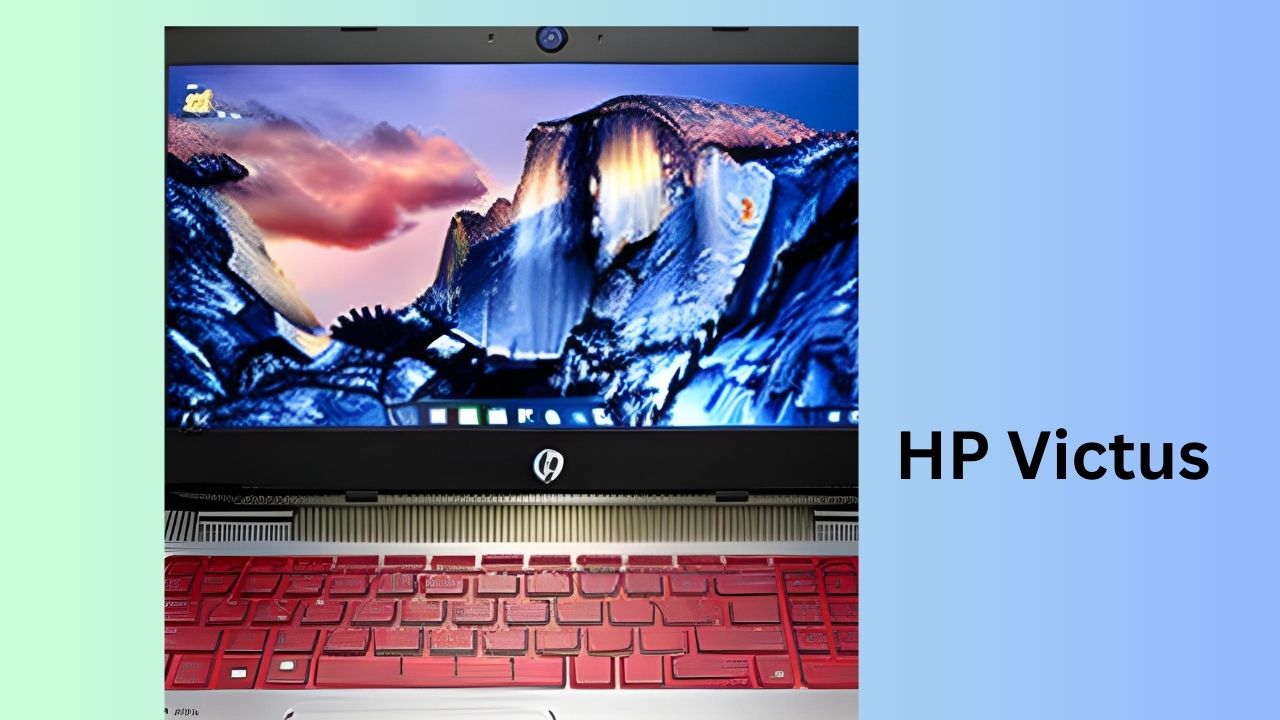
Features
- 15.6-inch Full HD display with anti-glare technology
- 16GB of RAM and a 512GB SSD
- NVIDIA GeForce RTX 3050 graphics card
- Operating System Windows 11 Home
Pros
- Powerful performance
- Smooth and fluid visuals
- Backlit keyboard
- Fingerprint reader
- Wi-Fi 6 card
Cons
- Battery life could be better
2. ASUS TUF A15 AMD Ryzen Gaming Laptop
It is powered by an AMD Ryzen 9 7940HS processor and an NVIDIA GeForce RTX 4060 graphics card, for gamers looking for powerful performance with all the advance features.
Overall, the ASUS TUF Gaming A15 AMD Ryzen 9 Nvidia GeForce RTX 4060 15.6” WQHD 16 GB RAM Gaming Laptop is a great option for gamers who demand the best possible performance.
ASUS TUF A15 Gaming Laptop

Features
- 15.6-inch WQHD (2560 x 1440) display with refresh rate of 165Hz
- 16GB of RAM and a 1TB SSD
- NVIDIA GeForce RTX 4060 graphics card
- Operating System Windows 11 Home
Pros
- Powerful performance
- Sharp and clear visuals
- Plenty of storage space
- Backlit keyboard
- Fingerprint reader
- Wi-Fi 6 card
Cons
- Expensive
- Battery life could be better
3. Acer Predator Helios Neo 16 Gaming Laptop
It is powered by an Intel Core i7 processor and an NVIDIA GeForce RTX 4050 graphics card, good for gamers looking for demanding play.
Overall, the Acer Predator Helios Neo 16 Intel Core i7 Nvidia GeForce RTX 4050 16” WUXGA Display 16 GB RAM Gaming Laptop is a great choice for gamers who demand the best possible performance. However, it is also quite expensive, so it may not be the best option for everyone.
Acer Predator Helios Gaming Laptop
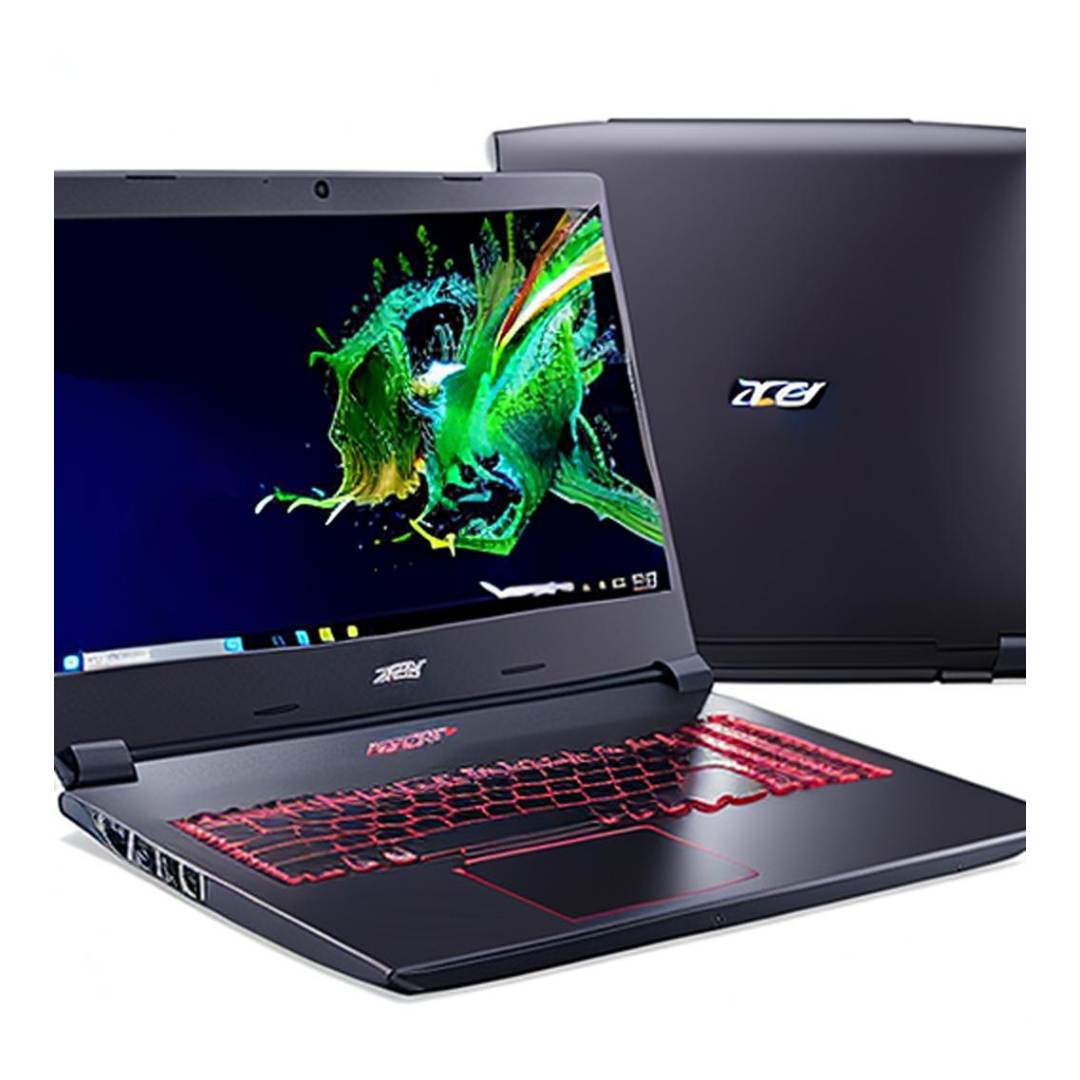
Features
- 16-inch WUXGA (1920 x 1200) display with refresh rate of 165Hz
- 16GB of RAM and a 1TB SSD
- 13th Generation Core i7 Processor
- NVIDIA GeForce RTX 4050 graphics card
- Operating System Windows 11 Home
Pros
- Plenty of storage space
- Backlit keyboard
- Fingerprint reader
- Wi-Fi 6E card
- Lightweight and portable
Cons
- Expensive
4. Lenovo Legion 5 Pro AMD Ryzen 7 Gaming Laptop
It is powered by an AMD Ryzen 7 5800H processor and an NVIDIA GeForce RTX 3070 graphics card, which makes it a very powerful gaming laptop.
Lenovo Legion 5 Pro Gaming Laptop
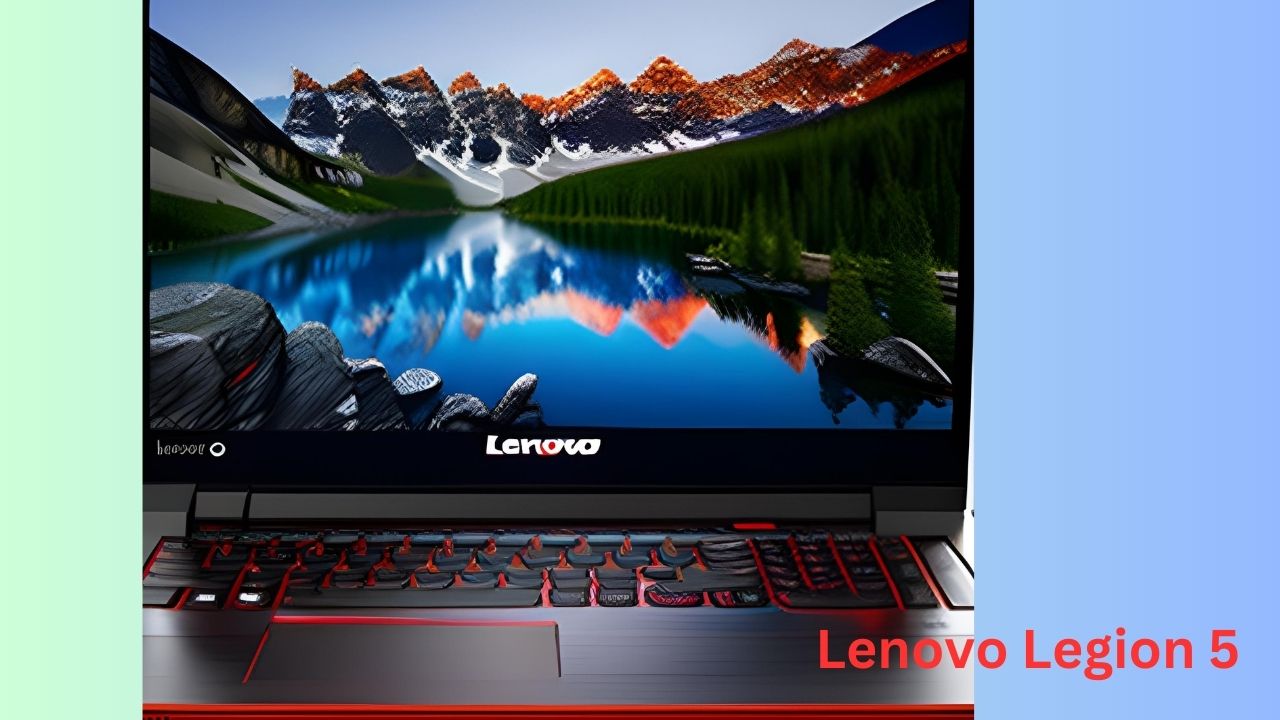
Features
- 16-inch QHD (2560 x 1440) display with a 165Hz refresh rate
- 32GB of RAM and a 1TB SSD
- Processor: AMD Ryzen 7 6800H
- NVIDIA GeForce RTX 3070 graphics card
- Operating System Windows 11 Home
Pros
- Powerful performance
- Sharp and clear visuals
- Plenty of storage space
- Backlit keyboard
- Fingerprint reader
- Wi-Fi 6 card
- Lightweight and portable
Cons
- Expensive
5. MSI Stealth 16 Studio Intel Core i9 Gaming Laptop
It is powered by an Intel Core i9-13950HX processor and an NVIDIA GeForce RTX 4070 graphics card. It comes with QHD screen with a refresh rate of 240Hz
MSI Raider Gaming Laptop
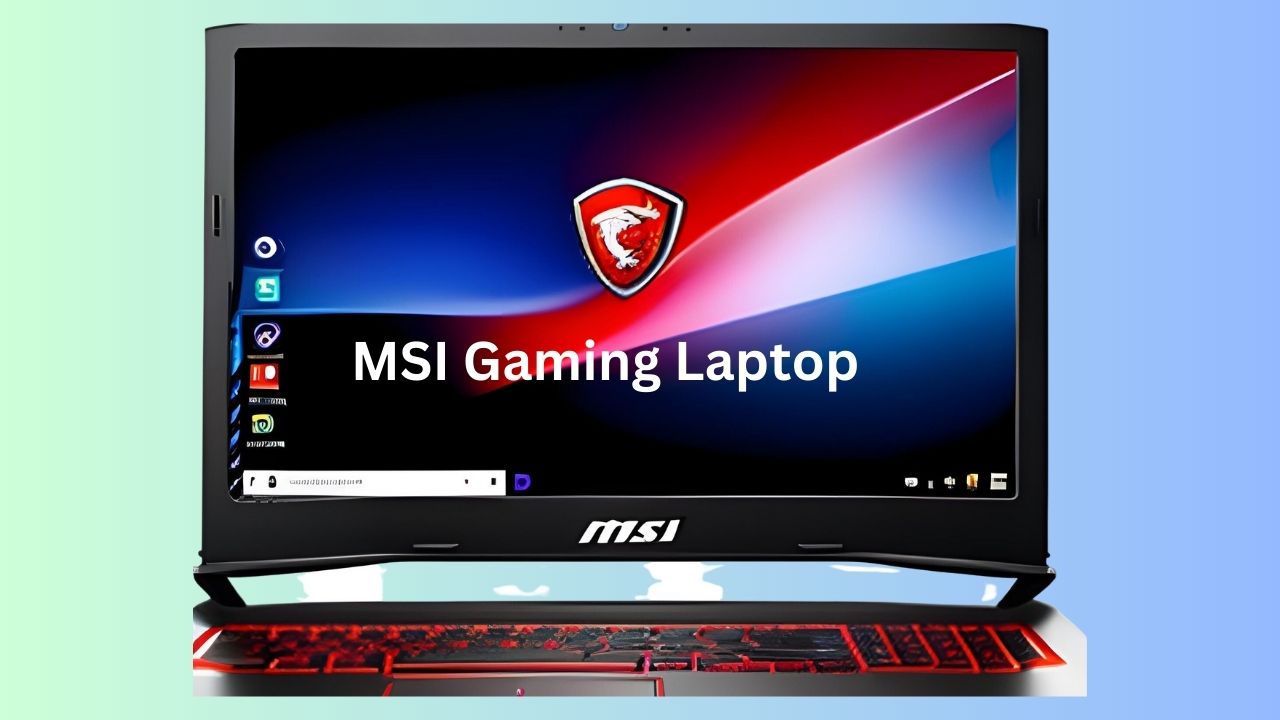
Features
- 15.7-inch QHD (2560 x 1440) display with a 240Hz refresh rate
- 32GB of RAM and a 1TB SSD
- Core i7 processor
- NVIDIA GeForce RTX 4070 graphics card
- Operating System Windows 11 Home
Pros
- Plenty of storage space
- Backlit keyboard
- Fingerprint reader
- Wi-Fi 6E card
Cons
- Very Expensive
- Slightly heavy.
For more smart gadgets, visit niraktech.com


